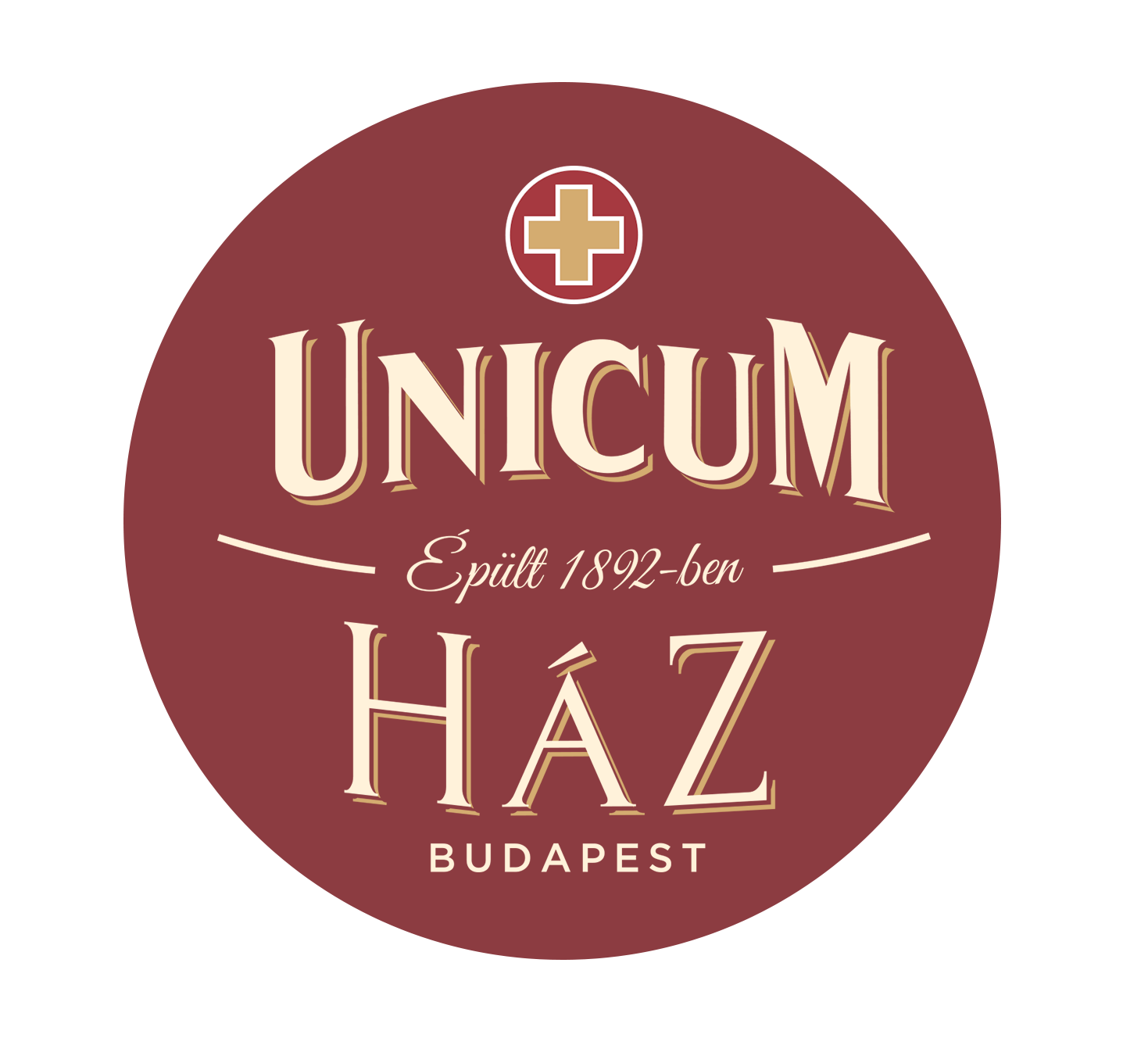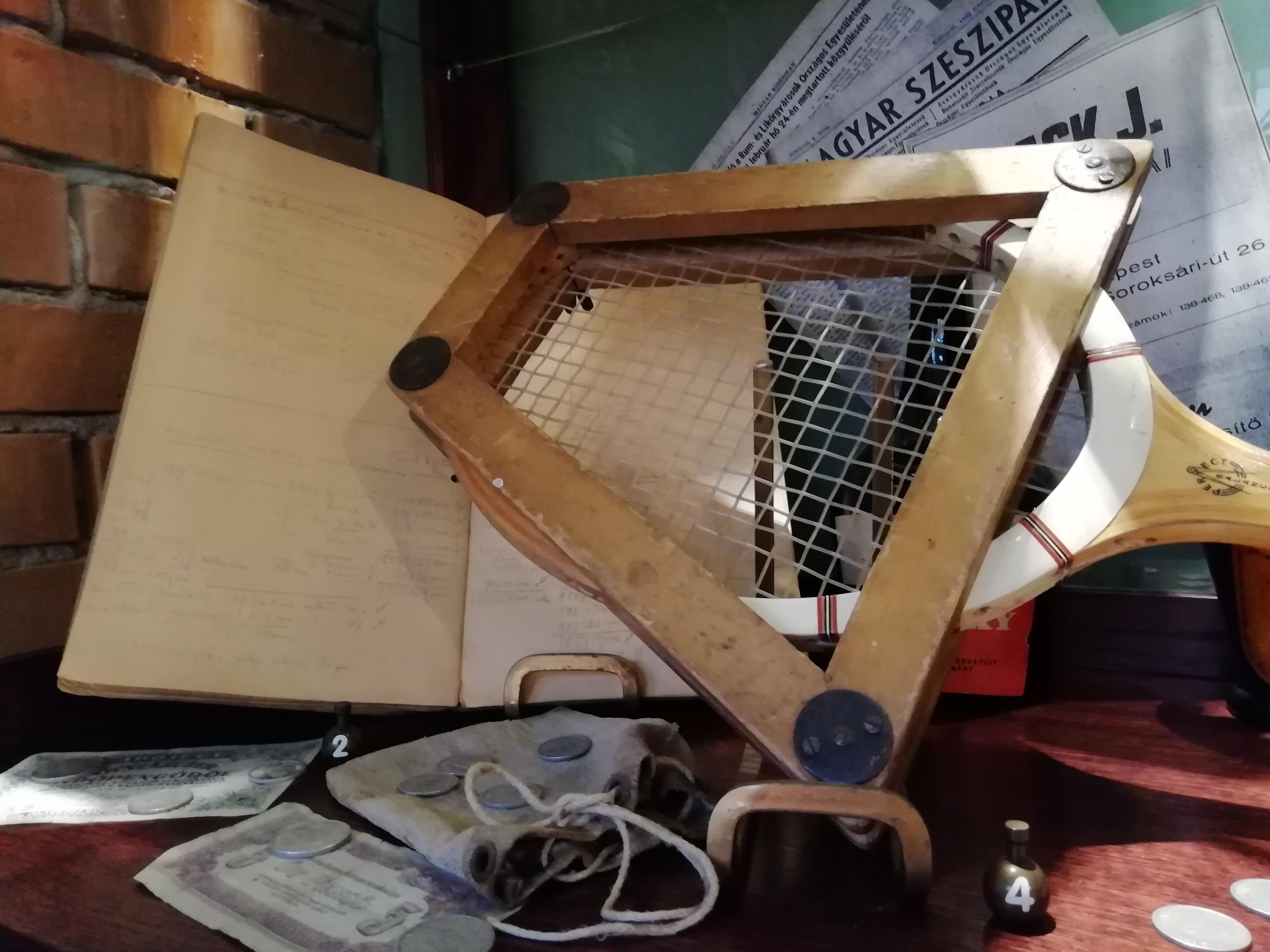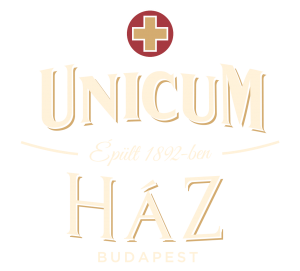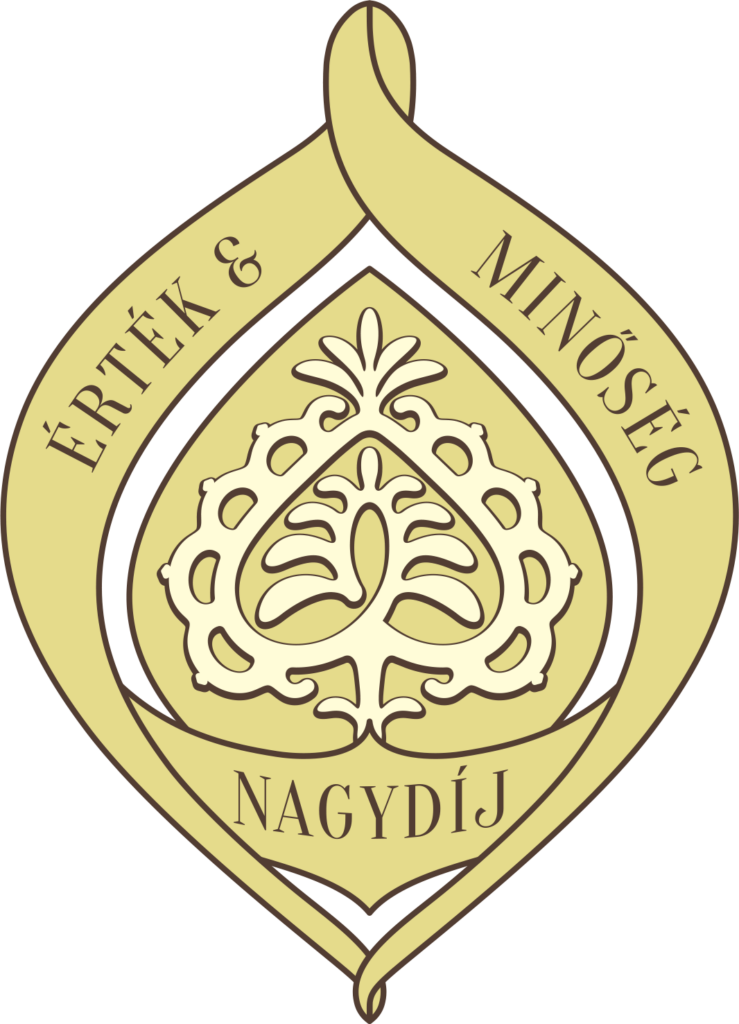After the World War, the distillery was speedily restored and resumed operation despite the fact that there was an acute shortage of prime materials and many of the workers had died or been deported during the war. Meanwhile, hyperinflation was so rampant that people with a salary of millions or thousands of millions of pengos were only able to buy a few eggs and a handful of beans. Mark 1 shows the introduction of the new currency, the Hungarian Forint in 1946, as reported by the satirical journal ’Ludas Matyi’ using the well-known Drowning Man poster. The family, including the young Peter Zwack, rolled up their sleeves and resumed business as usual. Mark 2 shows Peter’s record of payment in 1945, Mark 3 his employment contract with the Company. In those days Péter Zwack was a tennis player on the national junior team; his tennis racket.
The brick wall on your right as you move into the next part of the museum and the border barrier on the other side of the room symbolize the change of regime in Hungary from a free democracy to a Communist dictatorship.
The large photograph on the stairs shows the museum as it was in the early part of last century when it was used as bottling premises. The original architecture has been preserved as much as possible. On the other side of the wall is a photograph of the distillery with an enormous red star above the door.





